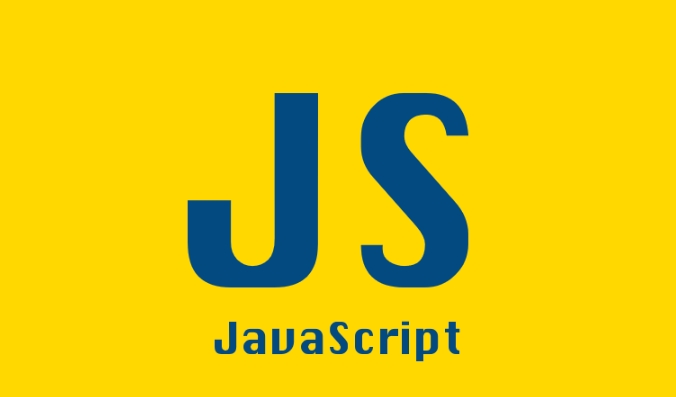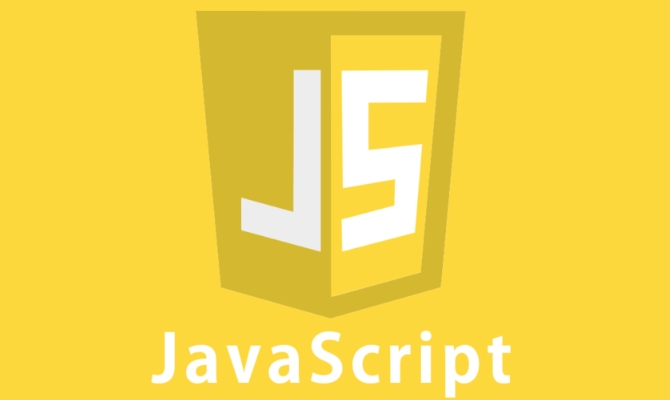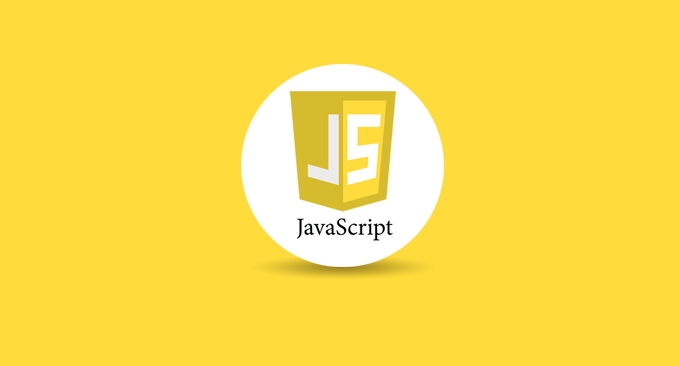 Web Front-end
Web Front-end
 JS Tutorial
JS Tutorial
 A definitive JS roundup on JavaScript modules: ES Modules vs CommonJS
A definitive JS roundup on JavaScript modules: ES Modules vs CommonJS
A definitive JS roundup on JavaScript modules: ES Modules vs CommonJS
ES模块和CommonJS的主要区别在于加载方式和使用场景。1. CommonJS是同步加载,适用于Node.js服务器端环境;2. ES模块是异步加载,适用于浏览器等网络环境;3. 语法上,ES模块使用import/export,且必须位于顶层作用域,而CommonJS使用require/module.exports,可在运行时动态调用;4. CommonJS广泛用于旧版Node.js及依赖它的库如Express,ES模块则适用于现代前端框架和Node.js v14+;5. 虽然可混合使用,但容易引发问题,建议项目中统一使用一种方式;6. 使用ES模块时需注意文件扩展名、路径处理等细节问题。

If you're working with JavaScript and have run into modules, you've probably seen terms like ES Modules and CommonJS floating around. They’re both ways to organize and share code across files, but they work differently and are used in different environments. Here’s a straightforward breakdown of the main differences and when to use each.

What's the big difference between ES Modules and CommonJS?
The core difference is when things happen — CommonJS loads modules synchronously, while ES Modules load them asynchronously. That might sound abstract, but it affects how your code behaves and where you can use each system.

CommonJS was designed for server-side JavaScript (like Node.js), where files are read from disk quickly, so waiting for one module to finish loading before moving on isn't a problem.
ES Modules, on the other hand, were built with browsers in mind. Since fetching files over the network takes time, ES Modules are structured to handle that better by loading in a way that doesn’t block everything else.

How do import and export syntax differ?
This is where most developers notice the biggest difference day-to-day.
In ES Modules:
You use import and export like this:
// math.js
export const add = (a, b) => a + b;
// main.js
import { add } from './math.js';These statements are static, meaning you can’t put them inside conditionals or functions. This helps tools like bundlers optimize your code during build time.
In CommonJS:
You use require() and module.exports:
// math.js
exports.add = (a, b) => a + b;
// or
module.exports = {
add: (a, b) => a + b,
};
// main.js
const math = require('./math');
const add = math.add;Here, require() can be called anywhere — even inside loops or if statements — because it runs at runtime.
Which one works where?
Use CommonJS when:
- You're writing Node.js code that doesn't use
"type": "module"inpackage.json - You're using older versions of Node.js (before ES Module support)
- You're working with tools like Express or Mongoose that historically rely on CommonJS
Use ES Modules when:
- You're building frontend apps (React, Vue, etc.)
- You're using modern Node.js versions (v14+) and want to write cleaner, future-proof code
- You're building libraries that need to be tree-shakable or used in both browser and Node.js environments
Note: If you're using a bundler like Webpack or Vite, you're likely already using ES Modules under the hood.
Can you mix ES Modules and CommonJS?
Technically yes, but it gets messy fast. Node.js allows you to mix them using certain flags or file extensions (mjs vs cjs), but doing so can lead to confusion and bugs.
For example, importing a CommonJS module into an ES Module works fine most of the time, but exporting from an ES Module and trying to use it in CommonJS might give you unexpected results unless you use await import().
So unless you have a very good reason, stick to one style per project.
A few gotchas to watch out for
- File extensions matter more in ES Modules — you usually need to include
.jswhen importing. -
__dirnameandpathusage is trickier in ES Modules; you’ll often need to useimport.meta.urlandnew URL()instead. - Some older packages on npm still use CommonJS, which may cause issues if you're enforcing strict ESM mode.
That’s basically it. It’s not rocket science, but understanding these differences helps avoid confusion — especially as more tools shift toward ES Modules by default.
The above is the detailed content of A definitive JS roundup on JavaScript modules: ES Modules vs CommonJS. For more information, please follow other related articles on the PHP Chinese website!

Hot AI Tools

Undress AI Tool
Undress images for free

Undresser.AI Undress
AI-powered app for creating realistic nude photos

AI Clothes Remover
Online AI tool for removing clothes from photos.

Clothoff.io
AI clothes remover

Video Face Swap
Swap faces in any video effortlessly with our completely free AI face swap tool!

Hot Article

Hot Tools

Notepad++7.3.1
Easy-to-use and free code editor

SublimeText3 Chinese version
Chinese version, very easy to use

Zend Studio 13.0.1
Powerful PHP integrated development environment

Dreamweaver CS6
Visual web development tools

SublimeText3 Mac version
God-level code editing software (SublimeText3)

Hot Topics
 How to work with dates and times in js?
Jul 01, 2025 am 01:27 AM
How to work with dates and times in js?
Jul 01, 2025 am 01:27 AM
The following points should be noted when processing dates and time in JavaScript: 1. There are many ways to create Date objects. It is recommended to use ISO format strings to ensure compatibility; 2. Get and set time information can be obtained and set methods, and note that the month starts from 0; 3. Manually formatting dates requires strings, and third-party libraries can also be used; 4. It is recommended to use libraries that support time zones, such as Luxon. Mastering these key points can effectively avoid common mistakes.
 Why should you place tags at the bottom of the ?
Jul 02, 2025 am 01:22 AM
Why should you place tags at the bottom of the ?
Jul 02, 2025 am 01:22 AM
PlacingtagsatthebottomofablogpostorwebpageservespracticalpurposesforSEO,userexperience,anddesign.1.IthelpswithSEObyallowingsearchenginestoaccesskeyword-relevanttagswithoutclutteringthemaincontent.2.Itimprovesuserexperiencebykeepingthefocusonthearticl
 What is event bubbling and capturing in the DOM?
Jul 02, 2025 am 01:19 AM
What is event bubbling and capturing in the DOM?
Jul 02, 2025 am 01:19 AM
Event capture and bubble are two stages of event propagation in DOM. Capture is from the top layer to the target element, and bubble is from the target element to the top layer. 1. Event capture is implemented by setting the useCapture parameter of addEventListener to true; 2. Event bubble is the default behavior, useCapture is set to false or omitted; 3. Event propagation can be used to prevent event propagation; 4. Event bubbling supports event delegation to improve dynamic content processing efficiency; 5. Capture can be used to intercept events in advance, such as logging or error processing. Understanding these two phases helps to accurately control the timing and how JavaScript responds to user operations.
 How can you reduce the payload size of a JavaScript application?
Jun 26, 2025 am 12:54 AM
How can you reduce the payload size of a JavaScript application?
Jun 26, 2025 am 12:54 AM
If JavaScript applications load slowly and have poor performance, the problem is that the payload is too large. Solutions include: 1. Use code splitting (CodeSplitting), split the large bundle into multiple small files through React.lazy() or build tools, and load it as needed to reduce the first download; 2. Remove unused code (TreeShaking), use the ES6 module mechanism to clear "dead code" to ensure that the introduced libraries support this feature; 3. Compress and merge resource files, enable Gzip/Brotli and Terser to compress JS, reasonably merge files and optimize static resources; 4. Replace heavy-duty dependencies and choose lightweight libraries such as day.js and fetch
 A definitive JS roundup on JavaScript modules: ES Modules vs CommonJS
Jul 02, 2025 am 01:28 AM
A definitive JS roundup on JavaScript modules: ES Modules vs CommonJS
Jul 02, 2025 am 01:28 AM
The main difference between ES module and CommonJS is the loading method and usage scenario. 1.CommonJS is synchronously loaded, suitable for Node.js server-side environment; 2.ES module is asynchronously loaded, suitable for network environments such as browsers; 3. Syntax, ES module uses import/export and must be located in the top-level scope, while CommonJS uses require/module.exports, which can be called dynamically at runtime; 4.CommonJS is widely used in old versions of Node.js and libraries that rely on it such as Express, while ES modules are suitable for modern front-end frameworks and Node.jsv14; 5. Although it can be mixed, it can easily cause problems.
 How to make an HTTP request in Node.js?
Jul 13, 2025 am 02:18 AM
How to make an HTTP request in Node.js?
Jul 13, 2025 am 02:18 AM
There are three common ways to initiate HTTP requests in Node.js: use built-in modules, axios, and node-fetch. 1. Use the built-in http/https module without dependencies, which is suitable for basic scenarios, but requires manual processing of data stitching and error monitoring, such as using https.get() to obtain data or send POST requests through .write(); 2.axios is a third-party library based on Promise. It has concise syntax and powerful functions, supports async/await, automatic JSON conversion, interceptor, etc. It is recommended to simplify asynchronous request operations; 3.node-fetch provides a style similar to browser fetch, based on Promise and simple syntax
 What are best practices for writing clean and maintainable JavaScript code?
Jun 23, 2025 am 12:35 AM
What are best practices for writing clean and maintainable JavaScript code?
Jun 23, 2025 am 12:35 AM
To write clean and maintainable JavaScript code, the following four points should be followed: 1. Use clear and consistent naming specifications, variable names are used with nouns such as count, function names are started with verbs such as fetchData(), and class names are used with PascalCase such as UserProfile; 2. Avoid excessively long functions and side effects, each function only does one thing, such as splitting update user information into formatUser, saveUser and renderUser; 3. Use modularity and componentization reasonably, such as splitting the page into UserProfile, UserStats and other widgets in React; 4. Write comments and documents until the time, focusing on explaining the key logic and algorithm selection
 How does garbage collection work in JavaScript?
Jul 04, 2025 am 12:42 AM
How does garbage collection work in JavaScript?
Jul 04, 2025 am 12:42 AM
JavaScript's garbage collection mechanism automatically manages memory through a tag-clearing algorithm to reduce the risk of memory leakage. The engine traverses and marks the active object from the root object, and unmarked is treated as garbage and cleared. For example, when the object is no longer referenced (such as setting the variable to null), it will be released in the next round of recycling. Common causes of memory leaks include: ① Uncleared timers or event listeners; ② References to external variables in closures; ③ Global variables continue to hold a large amount of data. The V8 engine optimizes recycling efficiency through strategies such as generational recycling, incremental marking, parallel/concurrent recycling, and reduces the main thread blocking time. During development, unnecessary global references should be avoided and object associations should be promptly decorated to improve performance and stability.






